This Juniperus was imported by FRANCHI BONSAI in 2013.
The bonsai was in excellent health condition but with an obvious lack of maintenance. The vegetation was abundant and the growth of recent years had closed any spacing between the pads.
Front – Back
Left side – Right side
The thick vegetation, not allowing light and air to penetrate inside the foliage, had caused the drying up of the innermost branches.
In these cases the first thing to do is the cleaning of the vegetation: elimination of dry and weak branches, replacement of apex, elimination of unnecessary twigs.
The detail of Takiagari highlights the living and the twisting dry veins. In addition to the vegetation, the bark and dry wood must also be cleaned.
Here is the juniper after the vegetation has been cleaned.
I decide to proceed with the working of this bonsai during a demonstration at the “BONSAI & FRIENDS” in 2013.
For the event I can count on the precious help of two dear friends: Michele Pacini and Giacomo Bellini.
The branches to be wired are many and the work focuses mainly on the reopening, alternation and definition of each branch. In this phase, great importance is given to the radial opening of the branches in order to allow light and air to pass through the vegetation.
Front – Back
Left side – Right side
In 2014 I re-pot to replace some of the soil and remove the broken pot.
In the years to follow, the wire is removed and the foliage thickened with periodic stapling and thinning.
As of July 2016, the juniper looks like this:
Front – Back
The vegetation colour is a lovely bright green and has now closed most of the spaces between the pads.
The growth of this type of juniper always presents itself with these “shoots”….it is necessary to shorten them in order to accumulate vigor and restore the profile of the stage.
The previous works allowed the positioning/opening of the primary and secondary branching.
Now it will be enough to wire the finest vegetation only in order to precisely define each pad.
One of the most beautiful details is the rotation of the live and dead veins.
Over the years the bark builds up and a cleaning is needed periodically.
This operation among bonsai-world is hugely debated. Remove the bark or leave it? I am against the removal of bark on most of the conifers (pines and cypresses above all). On juniper chinensis I prefer to highlight the color and definition of the veins so I periodically clean the bark. However, I believe that the most beautiful color is not the one that is obtained immediately after cleaning but the one that appears a few months later when the color tends to reach a good patina. I do not apply oils or other products on the veins.
The bulk of the work is the precise wiring of each twig. In this process are used copper wires with diameters ranging from 0.6 mm to 1.5 mm.
The branches are positioned so to give the pad an adequate volume and a defined lower profile.
Here is the final result.
Front
Back
Left side – Right side
…ed alcuni particolari della chioma!


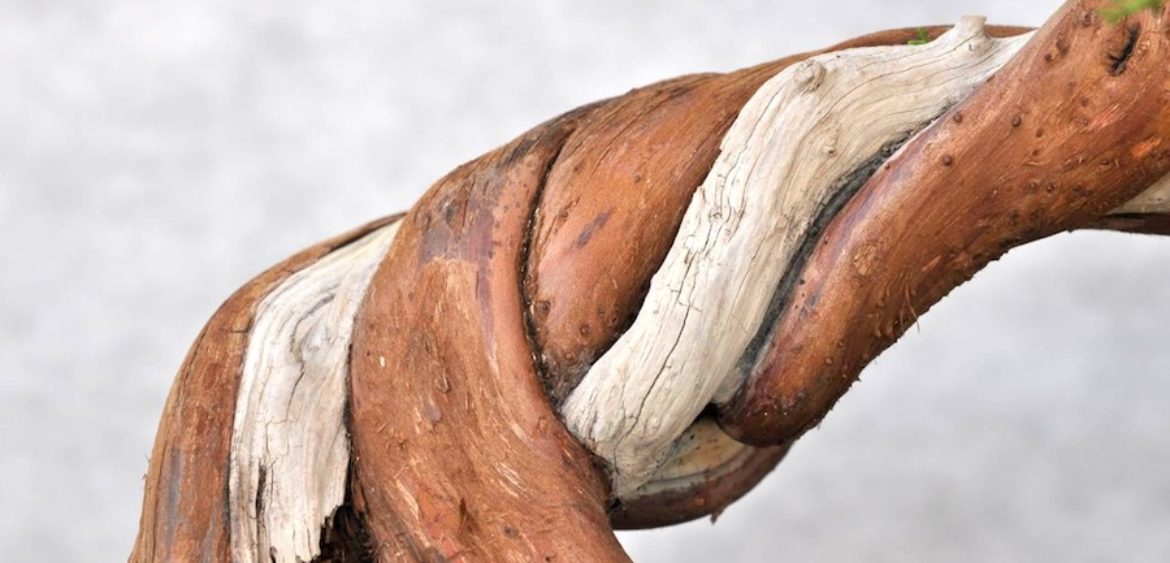
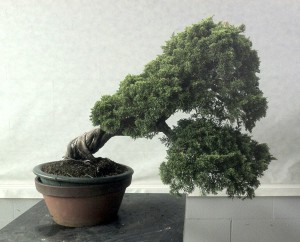
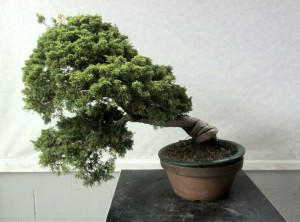
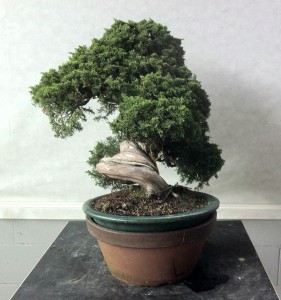

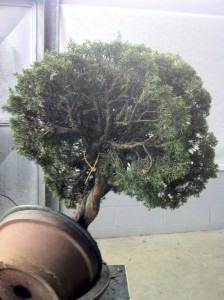
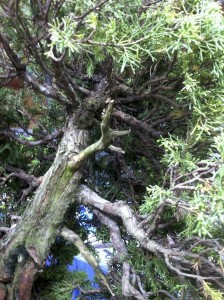
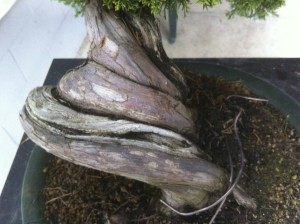
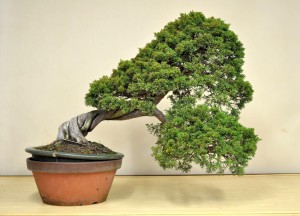
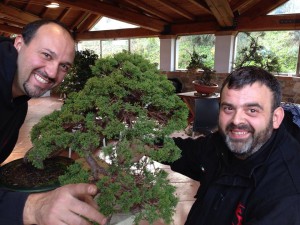
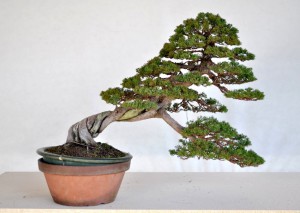
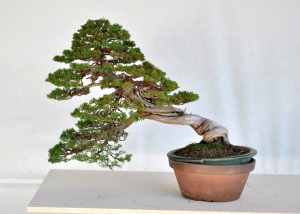
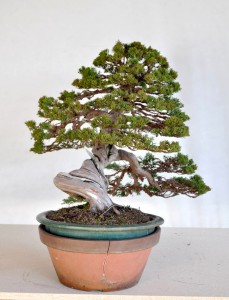
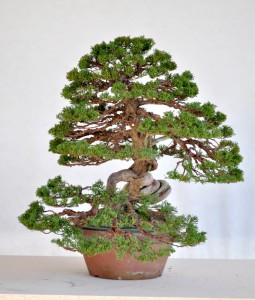
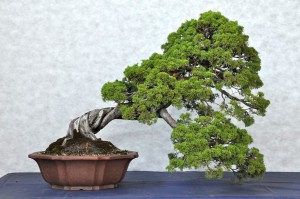
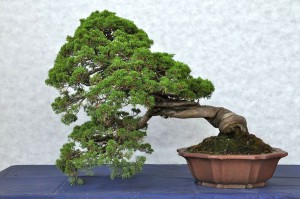
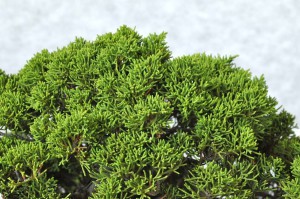
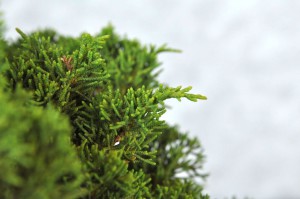
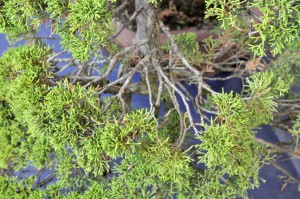
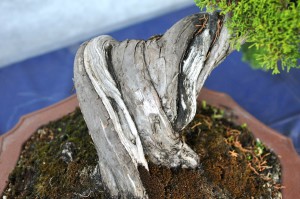
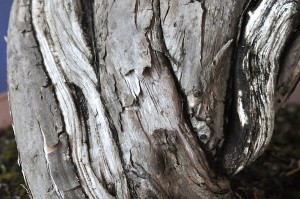

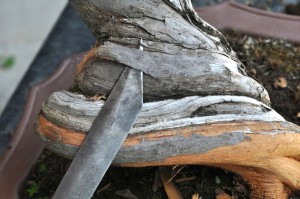
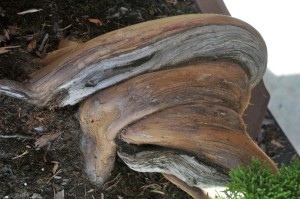
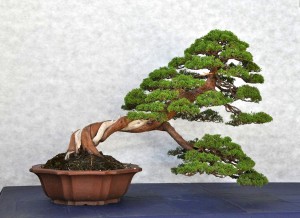
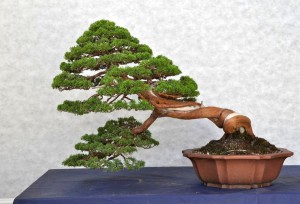
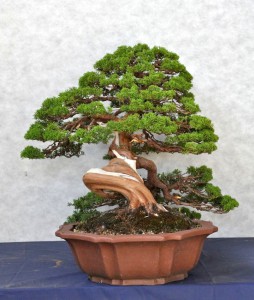
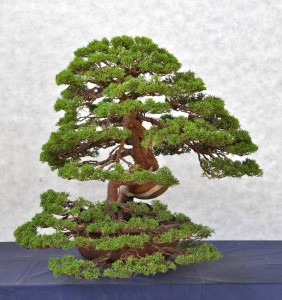
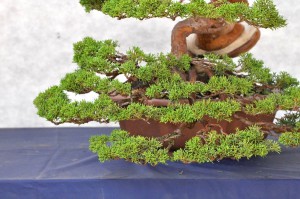
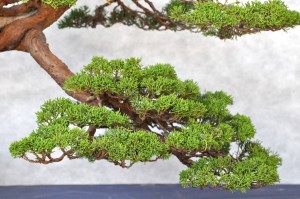
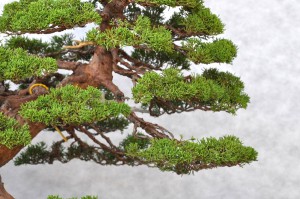
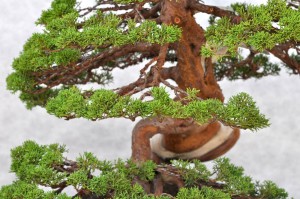
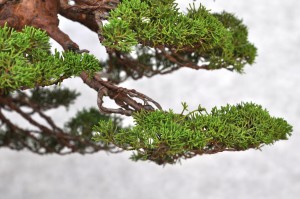
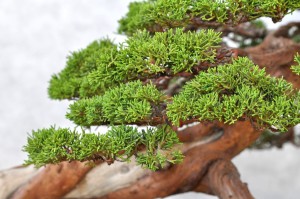
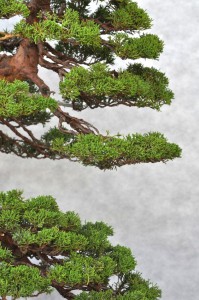
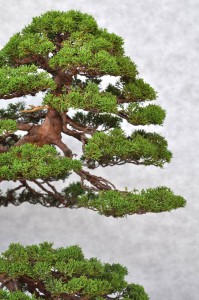
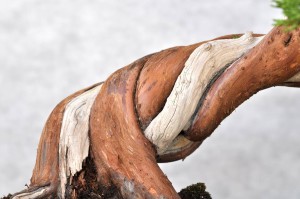
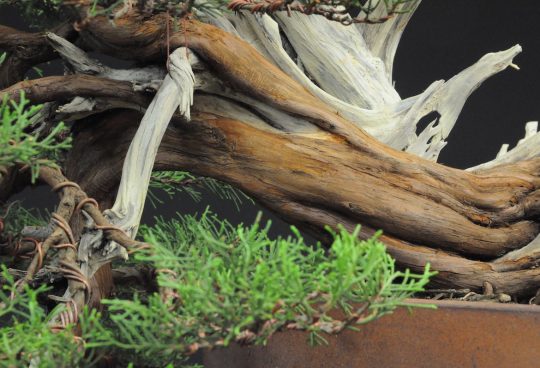
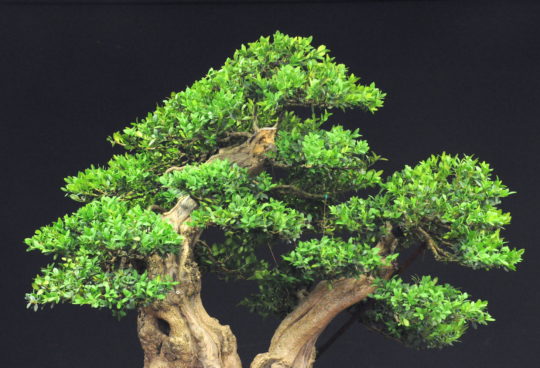
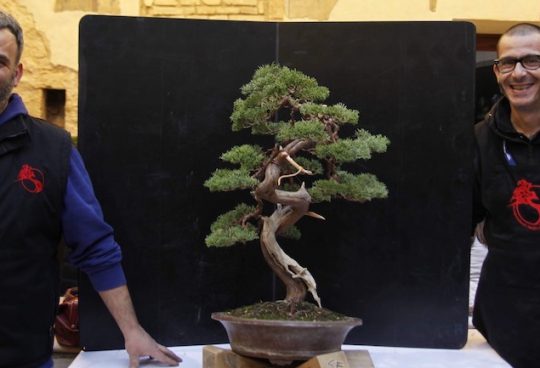
Recent Comments